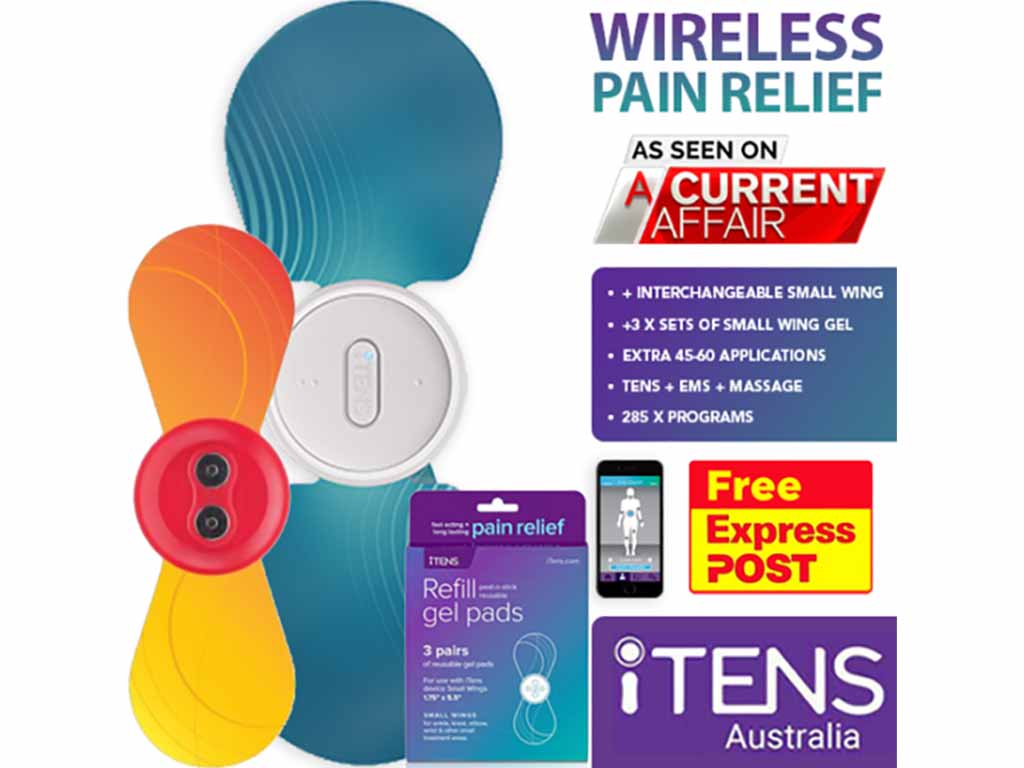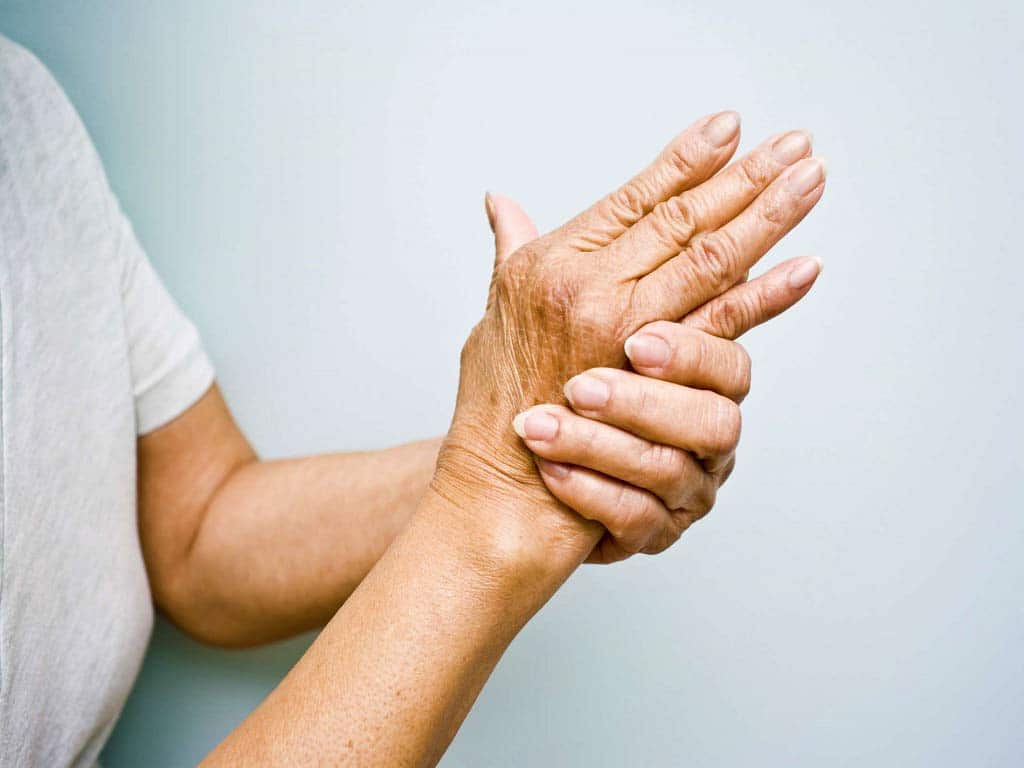
Arthritis is a condition that inflames and damages the joints, leading to stiffness and aches. To alleviate pain, many turn to pain medicines. However, this can have adverse effects with short and long-term use. Another option is Transcutaneous Electrical Nerve Stimulation (TENS). A TENS unit for arthritis alleviates pain by triggering the pain gate mechanism to block pain messages from reaching the brain. It also induces the release of endorphins, which bind to opioid receptors.
TENS therapy is a non-invasive and drug-free method of alleviating pain. Many doctors and physical therapists use TENS machines to provide pain relief for various conditions, including arthritis. People can also use them within the comfort of their homes. They are easy to operate and self-administer for various conditions. They also have minimal risks and are complementary to other treatments. This article will present information on TENS machines, how they work, and how to operate them.
What is a TENS Unit for Arthritis?
Arthritis is a condition characterised by the inflammation of one or more joints. This can cause stiffness and joint pain that range from mild to intense. Several types of arthritis affect people worldwide. Moreover, it causes chronic pain in adults and children alike. Hence, many turn to medical treatments, like pain medication or physical therapy, to help with the chronic condition. Another pain management option is undergoing TENS therapy.
A TENS unit for arthritis is a small, battery-operated device that uses electric currents to alleviate pain. It uses externally applied electrode pads that users can apply on or near the painful region. These are portable electronic devices that are easy to self-administer for immediate arthritis pain relief.
People can buy TENS units without prescriptions online or in pharmacies. Generally, there are two types available for individuals to choose from. The traditional or handheld units utilise lead cables to link the control unit and electrode patches. Meanwhile, more advanced wireless options provide fewer restrictions by using Bluetooth to control the output of electrical currents.
Types of Arthritis Pain
- Osteoarthritis: a degenerative joint disease that occurs as the cartilage slowly wears away. This is the most common form of arthritis.
- Rheumatoid arthritis: an autoimmune disease that symmetrically affects multiple joints. It arises when the immune system attacks the tissues, causing the synovial membrane to swell.
- Juvenile arthritis: inflammatory arthritis seen in children below 16. Fortunately, this condition typically heals as they reach adulthood.
- Gout: occurs when uric acid builds up in the joints and causes sudden and intense aches.
- Ankylosing Spondylitis: causes inflammation in various joints and ligaments in the spine. It can also fuse parts of the vertebrae.

How a TENS Unit for Arthritis Helps to Alleviate Pain
A TENS unit for arthritis uses electrical pulses to trigger mechanisms to alleviate pain. Most units have adjustable settings, which allow the user to adjust the levels depending on their preference and needs. This may include the frequency, intensity, pulse width, and pulse duration.
High-frequency stimulation triggers the spinal nerve cells to block arthritis pain signals from reaching the brain. This provides immediate relief and is commonly used for acute pain conditions. This works based on the pain gate mechanism of the Gate Control Theory of Pain. Moreover, this setting also increases blood flow to the target area. This can help with healing and relaxing sore muscles.
On the other hand, low-frequency stimulation induces the production of endogenous opioids. These are natural painkillers that bind to opioid receptors to reduce the intensity of pain. Moreover, endorphins also help reduce inflammation. They also help improve moods and promote a sense of well-being. Many use this setting for chronic pain conditions since its effects can last for hours.
Understanding Frequencies and Intensities
TENS machines can offer a wide range of frequencies and intensities to enable versatile relief from various conditions. Frequency refers to the number of electrical pulses delivered per second, measured in Hertz (Hz). TENS machines typically offer a frequency range of 0-150 Hz. High frequencies lie within 50 and 120 Hz. Meanwhile, low frequencies are below 10 Hz.
Meanwhile, the intensity determines the strength of the electrical current. It is measured in milliamperes or mA. Generally, TENS units will offer an intensity range of about 0-80 mA. However, starting with lower intensities and gradually increasing them as needed throughout the session is best.

How to Operate a TENS Unit for Arthritis
Operating a TENS unit for arthritis is a simple process. To start, secure the connection between the control unit and the electrode patches. Then, the user must apply the electrode pads to the target area. Once the pads are in place, they may start the session by turning the device on. Afterwards, they may adjust the settings or select a pre-set mode.
Upon starting the session, they may also set a timer to inform them when to stop. TENS therapy sessions typically last between 20 to 30 minutes. However, this can vary depending on the condition and the settings used. Individuals may also consult a healthcare professional for advice regarding the ideal regularity, duration, and settings to utilise.
In addition, individuals can add preparatory procedures to maximise the benefits of TENS and ensure their safety during the session. They may wash their skin with soap and water to remove excess oils, lotions, or dirt from the skin before applying the pads. They should also check the unit and accessories before using them to ensure they are in good condition.
Proper Pad Placement
Proper electrode placement is crucial when using electric stimulation devices like TENS. The general rule for application is to attach the electrode patches on muscles near the pain source. For example, people with knee osteoarthritis may place pads on the muscles surrounding the knee.
Meanwhile, for arthritis in the hands, they may attach one on the hand and the other below the wrist joint. However, users should ensure at least an inch between the pads to prevent interference. Furthermore, they must avoid skin patches that are irritated, broken, or infected. It is best to apply them on clean and dry skin.
Conclusion
A TENS unit for arthritis is a helpful medical device that alleviates pain using electrical stimulation. Users may adjust its settings depending on their medical condition and preference. This can trigger the pain gate mechanism and the production of endorphins. It can also increase blood flow to the area, which can aid in healing and reducing inflammation. Overall, TENS brings many benefits to its users, which is why it is gaining popularity for pain management.
Furthermore, TENS is portable and easy to self-administer. This allows individuals to access immediate relief from arthritic diseases. They must simply apply the pads and adjust the settings as needed. Nevertheless, consulting a medical professional is recommended before using TENS. They can ensure safety and advise on how to use the unit. They may also provide recommendations. Those interested in using TENS for analgesic effects may consider the iTENS from iTENS Australia.




















